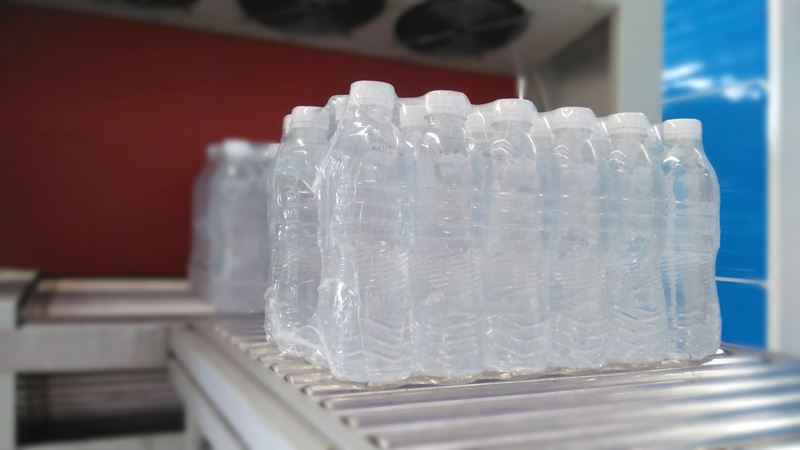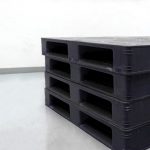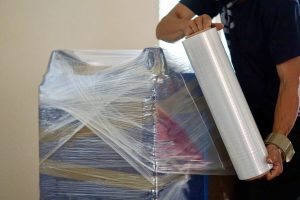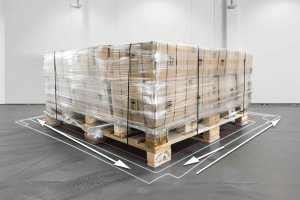

Shrink wrap (also known as stretch film, shrink seal or stretch wrap) is a versatile polymer material used for the packaging of finished goods.
Vacuum seal, on the other hand, is a method of packaging that removes air from the package before sealing. Both shrink wrap and vacuum packaging are popular packaging techniques in the plastic industry.
However, shrink bags and vacuum pouches should not be confused as they have a similar appearance.
In this post, we are pleased to list the differences and the similarities between shrink wrapping and vacuum packaging.
Shrink Wrap vs Vacuum Seal: What are the Differences?
It is important to know the differences between shrink wrap and vacuum sealing. Here, we outline three notable differences. They are:
1. Absence of oxygen
This is one of the most obvious differences between these two types of packaging. Vacuum packaging uses an air nozzle to remove all or the majority of air or oxygen from a package before creating a tight seal.
The absence of oxygen is needed to naturally preserve consumable products and increase the shelf life of food products.
On the other hand, shrink wrapping requires heating the wrapping to create a tight seal which eventually traps air and oxygen inside it.
The conformed look of the shrink seal appears to be absent of oxygen, which isn’t correct. However, the package is not completely sealed from external elements.
This is because small vent holes are created within the shrink wrap to allow air to escape the package.
2. The kind of machinery used
Both shrink wrapping and vacuum sealing use heat sealing. However, the machinery used to carry out this process during production is entirely different.
For shrink wrapping, the machine used helps to heat the entire package to create the seal. Contrarily, only the sealed part requires heat for vacuum sealing.
Both shrink wrapping and vacuum sealing machines are not freely substitutable.
3. Thickness of materials
Stretch wrap and vacuum sealing use flexible packaging to enclose the packaged product. In vacuum packaging, the flexible packaging rolls or bags are much thicker than those used in shrink packaging.
Vacuum bags are typically four times thicker than most materials used for shrink packaging.
Shrink Wrap vs Vacuum Seal: What are the Similarities?
After learning the differences between shrink wrapping and vacuum packaging, it is important to also note the similarities between these two types of packaging.
The appearance of vacuum seal and shrink wraps are quite similar, which can lead to the misconception that they are the same. Check out these four similarities.
a. Transparent packaging
You are probably familiar with the glossy shrink films used to package bottles. Vacuum pouches and shrink bags use clear bags or plastic polymer film during packaging.
This allows the consumer to see the product inside the packaging. Although there are exceptions, the majority of heat shrink and vacuum packaged products use a clear film.
b. Used for food packaging
Both vacuum packaging and stretch film are often used for packaging foods and consumable items.
c. Heat sealing
Both types of packaging use heat sealing to enclose the product within the packaging. The open ends of the packages are sealed after inserting the product.
When heat is applied, both packaging shrinks tightly over whatever it is covering.
d. Conformed finish
In both types of packaging, an exterior film is used to conform to the shape of the product being packaged.
Final Thoughts
This post explains the similarities and differences between shrink wrapping and vacuum sealing.
Don’t let the similarities confuse you, both shrink wrapping and vacuum packaging are two different types of packaging handled by different pallet wrapping machines.
Ultimately, the primary difference between vacuum packaging and shrink wrapping is that vacuum pouches are perfect for meats, vegetables, and other perishable food items while shrink wrapping is ideal for water bottles, DVDs, and other non-food items.




